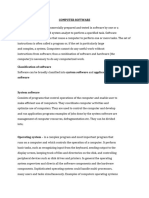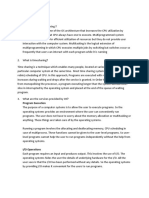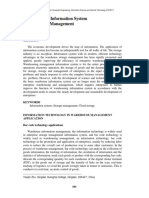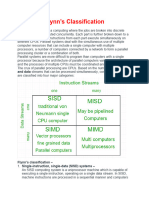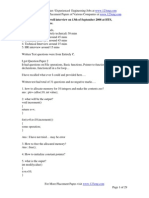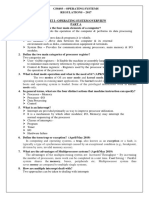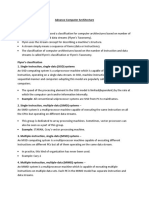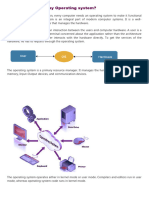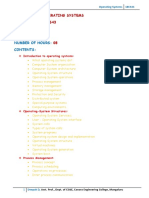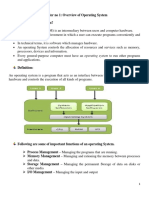0% found this document useful (0 votes)
55 views60 pagesInformation Systems in Organisations
The document discusses different types of computer software including system software like operating systems, utilities, and device drivers. It also discusses application software and describes open source software and proprietary software. It provides details on various operating system capabilities like multiprogramming, multitasking, virtual storage, and time sharing.
Uploaded by
Red DevilCopyright
© © All Rights Reserved
We take content rights seriously. If you suspect this is your content, claim it here.
Available Formats
Download as PDF, TXT or read online on Scribd
0% found this document useful (0 votes)
55 views60 pagesInformation Systems in Organisations
The document discusses different types of computer software including system software like operating systems, utilities, and device drivers. It also discusses application software and describes open source software and proprietary software. It provides details on various operating system capabilities like multiprogramming, multitasking, virtual storage, and time sharing.
Uploaded by
Red DevilCopyright
© © All Rights Reserved
We take content rights seriously. If you suspect this is your content, claim it here.
Available Formats
Download as PDF, TXT or read online on Scribd
/ 60








































